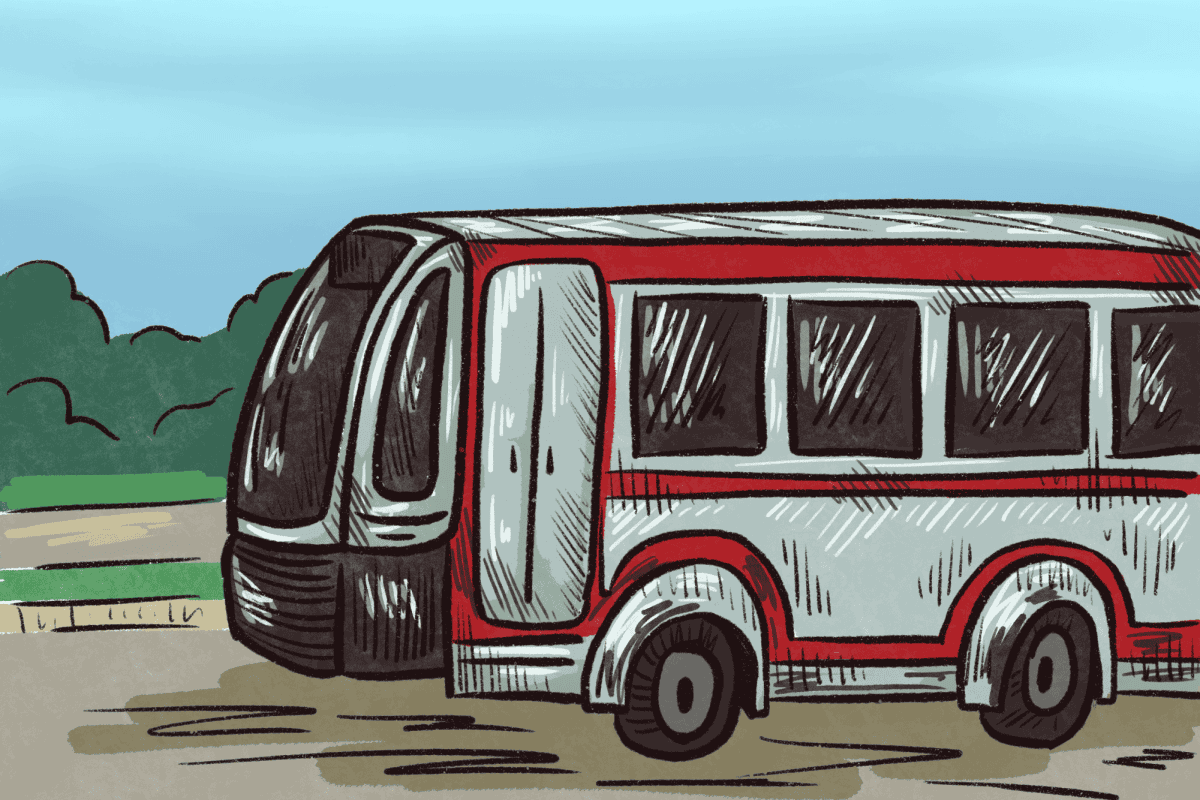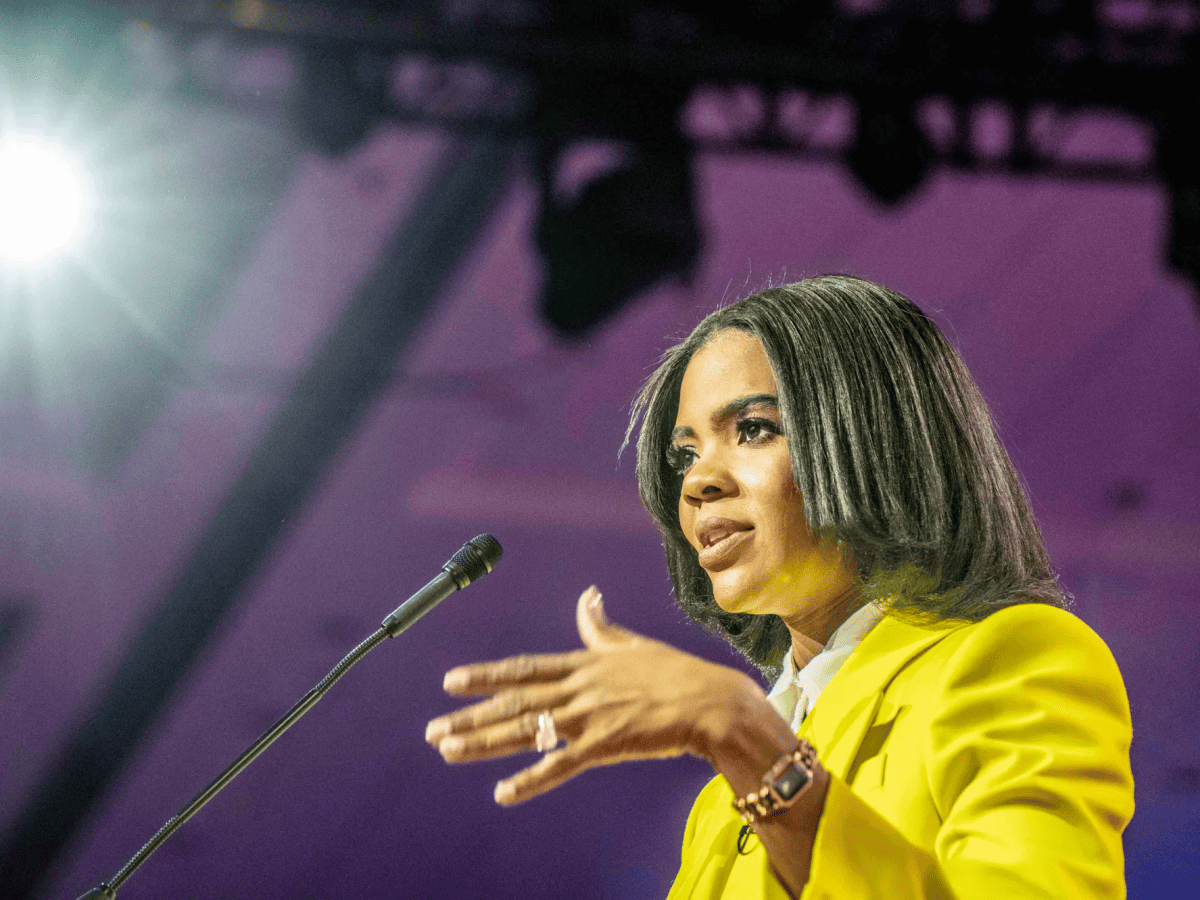What two things do our nation’s capital and the capital of the European Union – Brussels, Belgium – have in common?
The answer is: my presence over the last two summers and thriving, multi-faceted public transportation systems.
Unfortunately, I’m still waiting for official recognition in honor of my service to both metropolises. However, I can (reluctantly) acknowledge that praise would be better directed to their passenger rail systems. Both systems include underground metro, inter-city, regional and high speed rail, which, combined, make it easy and affordable to get from point A to point B quickly.
While I could spend hours writing about the wonderful adventures these trains have enabled for me, the limited space in this column will be better spent asking more important questions. Why don’t we have that, and why does it cost so much?
Unfortunately, the answers to those questions lead us into a vicious economic cycle.
Since we Americans have few public transportation options, we can be said to have a low level of supply, which in this case means fewer options that are less convenient and slower. Since low supply in this case means a lower quality product, we are demanding less of it, and companies have to charge more per ticket to cover the cost of operating at less-than-full capacity.
However, if we increased the quality and supply of passenger rail, more people would consider it as an alternative to driving or flying and demand tickets. Increased demand would spread the costs of travel among more passengers and drive down prices. Thus the dilemma of expanding public transportation is that it runs contrary to the normal economic model for a firm.
While some would argue that this is improbable, this is the situation currently unraveling in the Northeast. After fighting for years against critics arguing that high speed rail would not be profitable in the U.S., Amtrak opened its first Acela high-speed route from Washington D.C. through New York City to Boston.
What happened next? The lowest fare tickets sold out for months, and the business class tickets are still cheaper than most flights.
The answer to this problem seems simple: build more trains and create more routes to generate revenue. Unfortunately, this requires a huge influx in capital that public and private rail companies have difficulty attracting due to the historic losses in their balance sheets. It is nearly impossible to convince American financial institutions to lend millions to companies in the red so that they can take a gamble on offering high-speed services when consumers have so roundly rejected their low-speed counterparts.
Imagine how much harder that argument is to make if you are Amtrak and your primary investor is the U.S. Congress. There is only a slight chance that Amtrak may convincingly make that case if the 28 new high-speed trains they have ordered for the Northeastern route turn profits as expected.
However, if Congress is unconvinced, we, the consumers and constituents, must make our preferences known. If your home-away-from-Title-Town is in the Northeast, consider using the Acela for your summer travel. If you live in Florida or California, states that are considering investing in high-speed rail, contact your representatives in support.
If your home is elsewhere, don’t despair. You still have options available to you. If you want to see a high speed rail line running from Houston through New Orleans to Birmingham and Atlanta, start by riding the current passenger rail. If the keepers of the public and private pocketbooks do not want to invest in supply, then we must demand it.
Leigh Terry is a junior majoring in economics. Her column runs biweekly.






